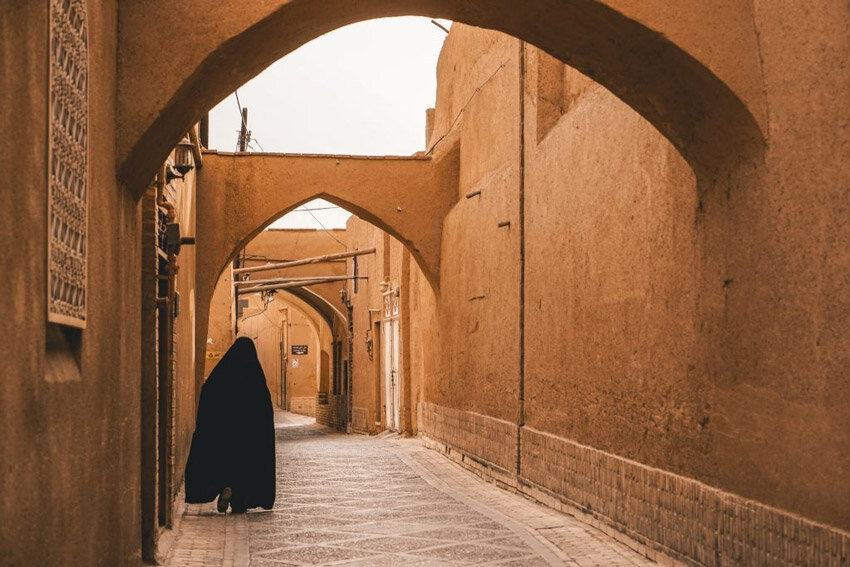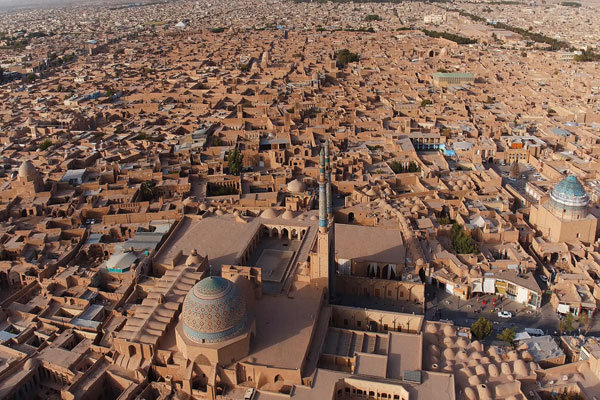National initiative for residency revival in historical areas

TEHRAN – Iran’s Supreme Council of Urban Planning and Architecture has approved incentive strategies for easing residency in historical areas.
The proposal, which is presented as a joint package, is aimed at ensuring the maintenance and enhancing the quality of life in historical sites and neighborhoods across the country, CHTN reported.
It was ratified on Monday in a meeting attended by Transport and Urban Development Minister Mehrdad Bazrpash, Deputy Cultural Heritage Minister Ali Darabi along with other members of the supreme council.
According to sources, over 190 urban historic areas have been identified nationwide so far, encompassing approximately 32,000 hectares of urban spaces.
The resolution simultaneously encompasses “capacity building,” “empowerment,” and “special physical incentives for historic areas” as part of its achievements for revitalization.
Among the key achievements of the resolution, which was unanimously approved by all stakeholders involved in historical districts, are: the “removal of administrative barriers to establish municipalities for historical areas within three months,” “removal of obstacles in preparing special plans for historic areas and securing resources for them,” and “granting special privileges to residents of those areas, including tax exemptions and reductions in fees,” as well as “exemptions from water, electricity, and gas costs for historic buildings within these areas.”

Additionally, it offers incentives to help simplify adherence to traditional architecture and urban planning patterns in the designated areas.
Iran is home to countless urban areas with historical significance, each embodying centuries of architectural and cultural heritage. These districts, which often contain buildings, markets, mosques, and residential areas, date from prehistorical times to the early Islamic, Safavid, Qajar, and Pahlavi eras, many of which are crucial to the nation’s cultural identity.
Examples include the historic bazaars of Isfahan, the ancient city of Yazd, and the traditional quarters of Shiraz, among others. They are not only significant for their cultural and historical value but also for their potential to drive tourism and local economic development.
Despite their importance, many of these areas face significant challenges. Over time, urbanization, neglect, and modern infrastructure developments have threatened the structural integrity and cultural fabric of these sites. Inadequate maintenance, population decline, and the migration of residents to newer parts of cities have led to a gradual decay of these historic districts. Furthermore, the lack of modern amenities and infrastructural support has made these areas less attractive to residents and investors, exacerbating their decline.
AM
Leave a Comment